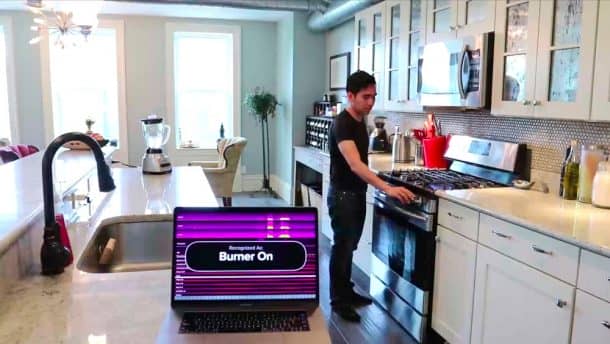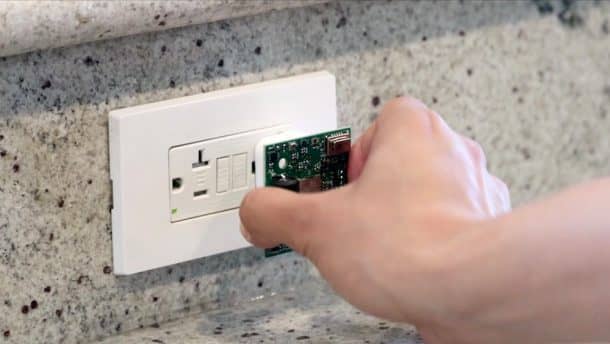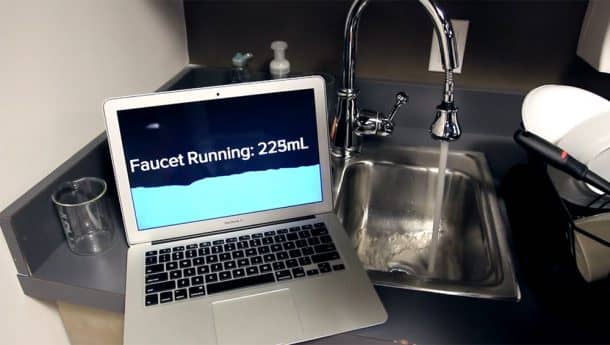Ever since the advent of the phrase “Internet of Things,” we have been seeing people say our devices are getting smarter, but the people are getting dumber. We may not agree with the dumber part, but the devices sure are getting smart. Who would have thought of smart socks or belt, bandage, burners, hairbrush, mirror, alarm clocks or anything for that matter? We are getting connected, through our smart devices, not just to the outside world but also to the world right inside us. IoT is bringing us small and smart devices to cater for our everyday needs. How about bringing all these together into just one that lets us control everything we own?
In an attempt to unclutter your IoT devices, a team at Carnegie Mellon University has developed a device that uses a combination of sensors to monitor the appliances of an entire room. The prototype named “Synthetic Sensor” combining a bunch of smart home devices using nine sensors that can be plugged into a wall outlet and it will watch over all the appliances. The device detects sound, light, vibrations, heat, temperature, and electromagnetic signals, and applies machine learning algorithms to extract meaningful information.
Co0author of the study Gierad Laput says, “The idea is you can plug this in and immediately turn a room into a smart environment. You don’t have to go out and buy expensive smart appliances, which probably can’t talk to each other anyway, or attach sensors to everything you want to monitor, which can be both hard to maintain and ugly. You just plug it into an outlet.”
The synthetic sensor informs the user when and how the devices in the room are being used. It is capable of differentiating between the sound of a blender and a coffee grinder, and even more subtle sounds like that of a person writing on a white board and then erasing it.
As of now, the system can not control the devices it monitors. It can listen to a microwave running, an oven burning, and detect where in the cycle the device might be. It knows when the residents are sleeping or when they are away. It could even calculate the amount of water flowing from the faucet and how long the tap has been left running or when you need to restock paper towels. “It can not only tell you if a towel dispenser is working, but it can also keep track of how many towels have been dispensed and even order a replacement roll when necessary,” says Laput.
Monitoring is better than fine, but privacy is a concern that pricks us with every connected device. For the sake of your privacy, the sensor network does not include a camera. To make it even safer, the data is only stored locally, so the chances of it falling into someone else’s hands are as small as possible.
The Synthetic sensor is just a prototype at the moment, and we do not know for sure if it will ever make it to the market. The device will be presented at the Computer-Human Interaction conference in Denver, along with the research published online.
The video below shows the system live in action:
Source: Gierad Laput






